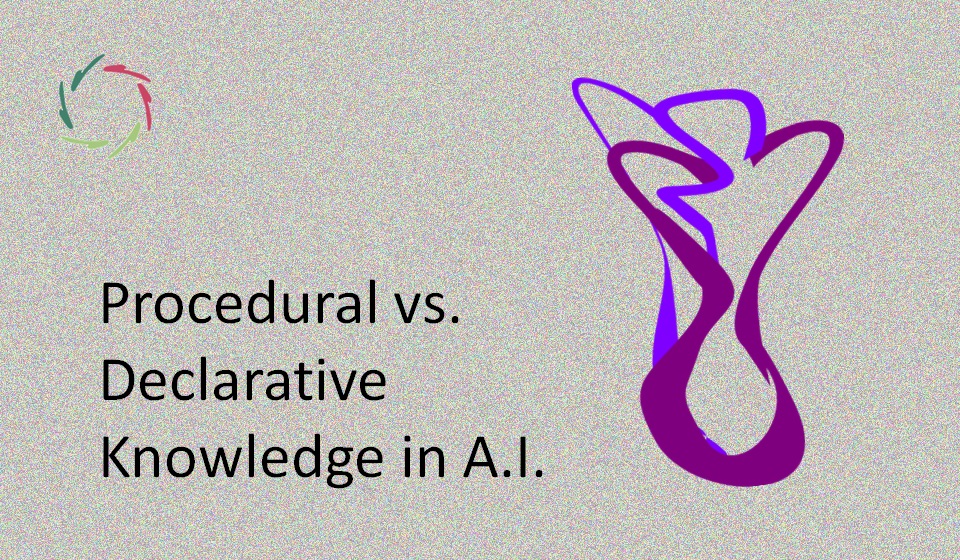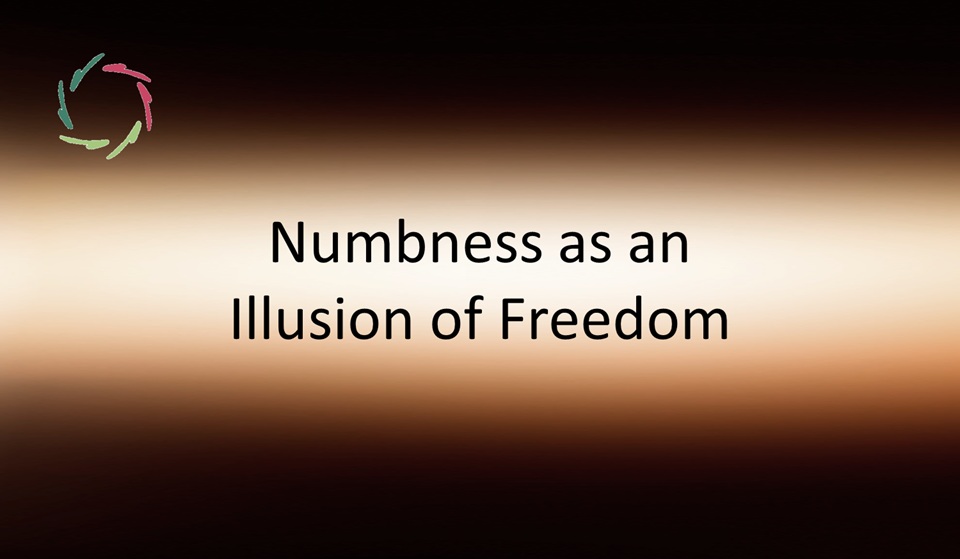Inner vs. Outer Change of Patterns

This is about mental-neuronal patterns. Although this term speaks of recent scientific insights, the known relevance is age-old and ubiquitous. It is also a basic choice for the future.
All in the mind?
‘Inner vs. outer change’ is not about what happens inside or outside of one’s mind, but inside or outside of individual mental-neuronal patterns within one’s mind. It is crucial to keep this, well, in mind.
It’s about the individual patterns, making this text pretty subtle. [see: “Patterns in Neurophysiology“]
Relevance
‘Inner vs. outer’ is relevant to mental change as may be sought in psychotherapy or mental coaching.
It is also relevant to other kinds of mental change. For instance, related to motivation [see: “There are No Extrinsic or Intrinsic Motivations.”], to organizational change, and to learning in general. [see: “Is All Learning Associational?”]
Towards more than ‘all in the mind’
The ‘outer’ aspect can be projected anywhere else. In that case, it’s about ‘the other one’ who coerces someone to change – from parent or teacher to any organization or culture. Still, what ultimately matters in change is how ‘the other one’ is perceived and of what he is a projection.
The ‘inner’ aspect can be encountered anywhere else. For instance, in a mother-infant relationship, the symbiosis of mother and self is complete to the infant. Part of this keeps going on in later life, in other relationships, in coaching. To be noted, the latter is no ‘transference.’ [see:”‘Transference’”]
Changing patterns from outside
This view sees ‘entrenched maladaptive patterns’ as unwanted or pathological. They are like diseases that need to be cured. One can see in this what is called the medical model as encountered in many psychotherapies.
In this view, there are two options for change: 1) making the ‘maladaptive pattern’ disappear (extinction or excision), and 2) changing it into another pattern (activation and reconsolidation). For instance, in child motivation and animal domestication, both have been in use for a long time and in pretty mechanical ways. In both, recent cultural evolutions take different directions.
Changing patterns from inside
This is mental growth. Entrenched maladaptive patterns are not seen as intrinsically pathological ― thus not to be extinguished or replaced. They deserve to receive open attention. Only this way can they be examined with a deeply critical view. [see: “Being Critical Is A Good Thing”]
Only this way also, they can be deeply accepted for what they are, forming the basis for genuinely durable change. [see: “Mental Change: How it Works”]
This is the microworld of human thinking. At any moment, many (thousands of) mental-neuronal patterns are forming and dissolving in what may be seen as the stream of non-consciousness. [see: “The Stream of Non-Consciousness“] We are conscious of a fraction of this. [see: “The Post-Postmodernist Brain“]
Resistance is always to outer change
A bold statement that also depends on the definition of resistance. [see: “Resistance to Change”] This goes way down to life being a bubble inside a universe of entropy. [see: “Order out of Chaos?”] To life, change from outside carries the risk of puncturing the bubble ― mental or physical death. This risk and surrounding anxiety create a natural resistance.
Resistance is especially present when deeper meaning is involved. This is, when change-from-outside could change one in-depth, where change is most meaningful. However, this is counter-productive if inner change is wrongfully attributed to the outside. Such is frequently the case in a state of inner dissociation. [see: “Inner Friend or Foe?”]
Obviously, logically, this continual resistance within many people ends up in a socio-cultural crisis of meaningfulness. [see: “The Meaning Crisis”] One might call this a social depression.
Towards the future
I think we will see a growing antagonism between the just described change from outside versus inside in many years to come. Of course, both can be applicable in any concrete case. Even so, AURELIS is the choice for much – but not exclusive – change from the inside. [see: “Mental Patterns Change through Autosuggestion”]
In my view, this is the way of sustainable growth. [see: “Sustainable Growth = Inner Growth“]
Hopefully, the path towards this will be smooth.


